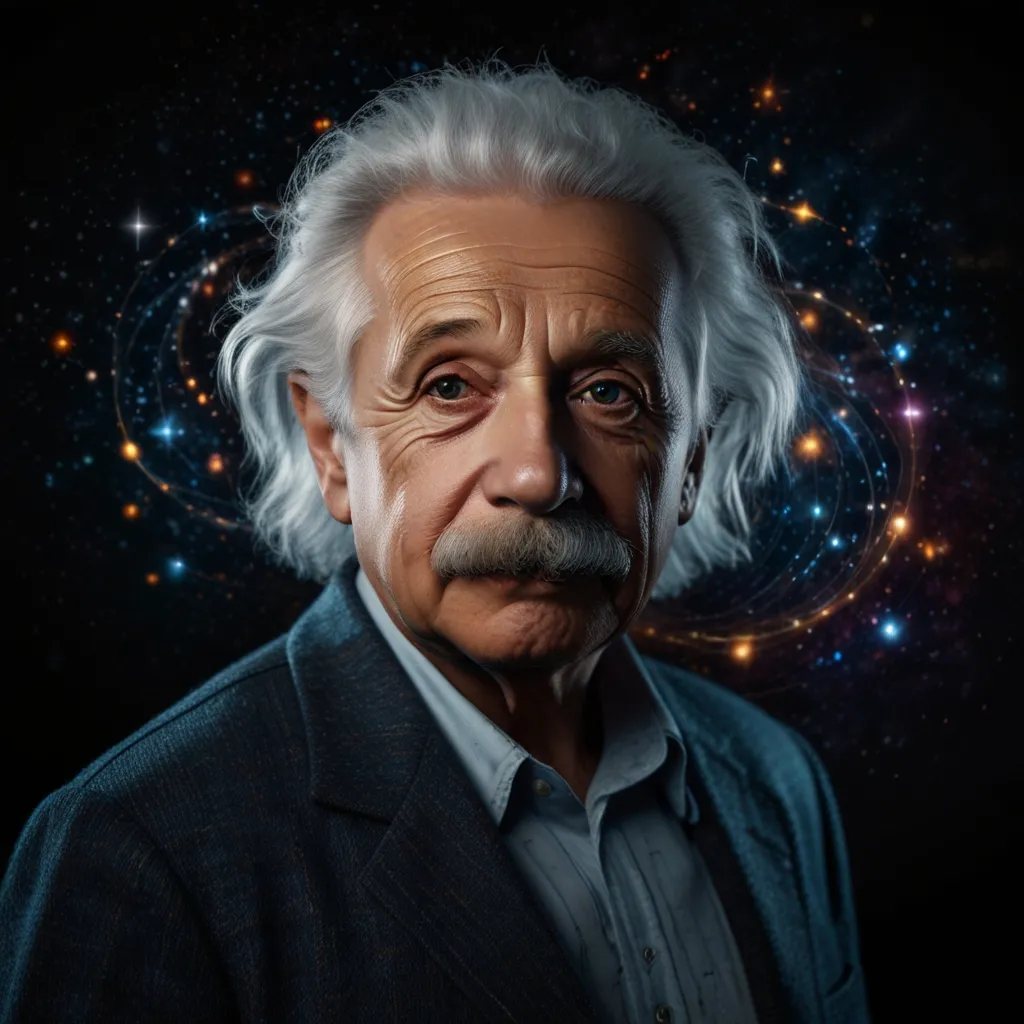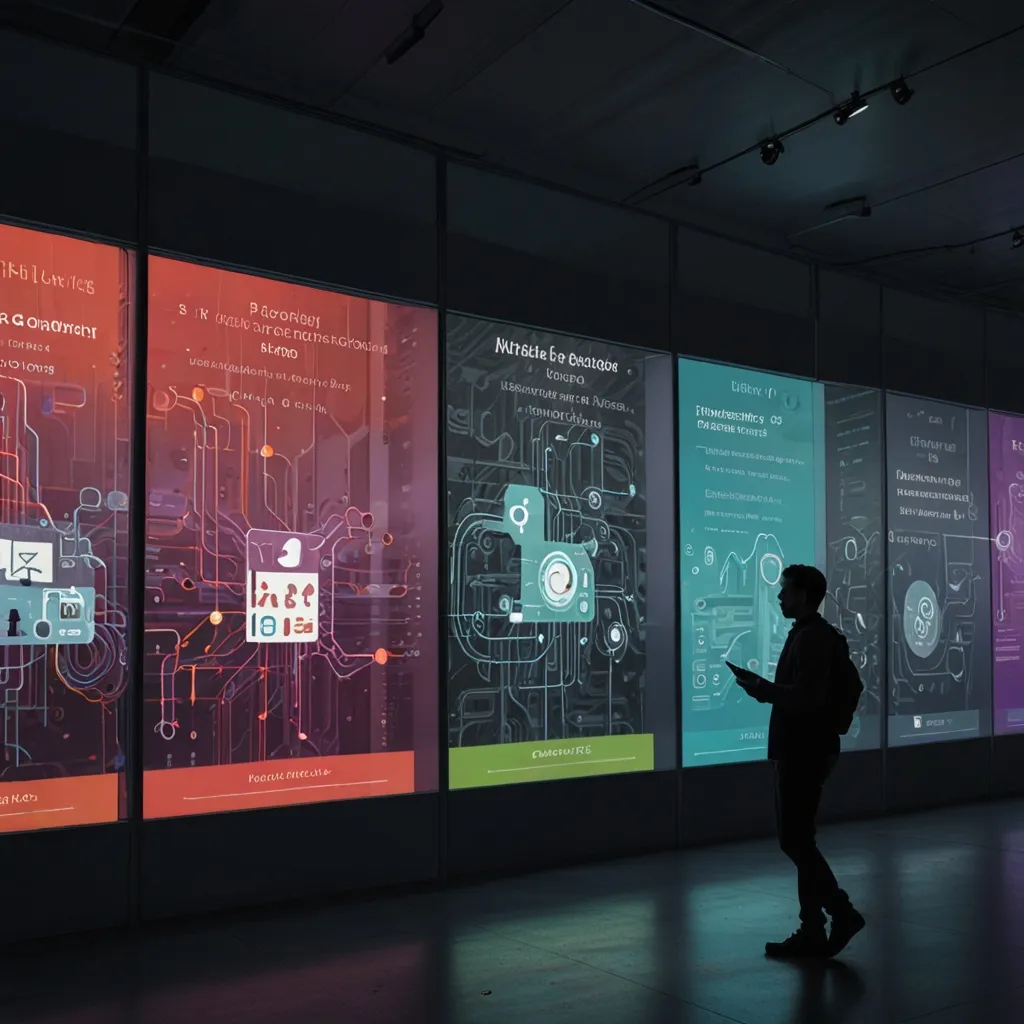In 1905, Einstein introduced the theory of special relativity. This groundbreaking theory is based on two core principles. First, the laws of physics are consistent for every observer in a non-accelerating frame. Second, the speed of light in a vacuum is the same for everyone, no matter their motion. These insights revolutionized our understanding of the universe.
Let’s break it down. The first postulate means that the principles governing physics are the same everywhere, whether you’re on Earth, the Moon, or in deep space. The second doesn’t mean that light travels at the same speed in all environments—it specifically pertains to light in a vacuum, such as the emptiness of space.
In other media, like water or glass, light behaves differently. The speed of light changes, which is why you see effects like the bending of a straw when submerged in water or the spectrum of colors through a prism. Light slows down in these materials, but what’s fascinating is that the speed of individual photons remains constant.
Photons, the basic units of light, travel at their maximum speed, denoted as “C,” regardless of the medium they pass through. But how can this be? Here’s a closer look.
One way to understand why the speed of light is constant across reference frames involves Maxwell’s equations. Maxwell showed that light is an electromagnetic wave, and its speed comes from these equations. He calculated it to be around 299,792,458 meters per second in a vacuum.
Why this speed for everyone? Consider two observers moving relative to each other. If they measured different speeds for light, it would imply that the vacuum’s properties change depending on the observer, which contradicts our understanding that the laws of physics are uniform everywhere. Hence, the speed of light being constant is a logical necessity for a consistent universe.
Different materials slow light down to varying degrees. In water, light travels about 225 million meters per second, and in glass, it’s around 200 million meters per second. This alteration causes light to change direction, creating refraction, which distorts how we see objects submerged in these materials.
Despite this slowing down, the photons themselves don’t change speed. As light, essentially streams of photons, enters a medium like glass or water, it encounters charged particles—atoms with positive protons and negative electrons. These charged entities respond to the passing light by moving and vibrating, emitting their own photons. This interaction creates new light waves that interfere with the original beam, resulting in what we perceive as the slowed speed of light.
This interference combines to form a wave that travels slower inside the medium but reverts to its original speed, “C,” once it exits.
For a deeper dive, quantum mechanics provides another layer of explanation. In this view, photons have a non-zero probability of taking every possible path through a medium, interacting with multiple atoms. The superposition of all potential paths and interactions results in the observed slower speed of light within the medium. Mathematically, this quantum behavior aligns perfectly with observed outcomes, reinforcing our comprehension of light’s behavior at the subatomic level.
Next time you peer through a glass of water, think of the incredible journey those photons undertake. They angle through a maze of atomic interactions, yet persistently hold true to their innate speed limit. Now that’s something to ponder!






